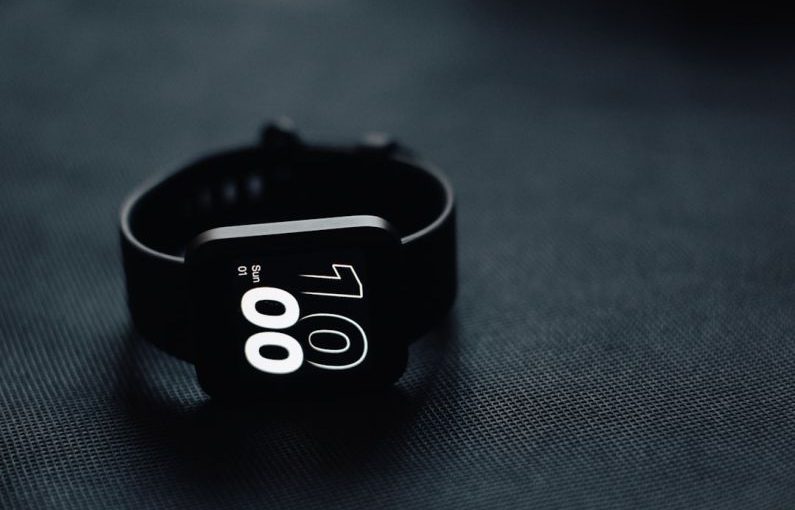With the rapid advancement of technology in recent years, smartwatches have become increasingly popular among consumers for their multifunctional capabilities. These wearable devices offer a wide range of features, from fitness tracking to notifications and even mobile payment options. As smartwatches continue to gain traction in the market, one cannot help but wonder: Are smartwatches disrupting traditional watchmaking?
The Rise of Smartwatches
Smartwatches have revolutionized the way we interact with technology on a daily basis. With the ability to sync seamlessly with our smartphones, these devices have become an integral part of our lives. The convenience of having all your notifications, calls, and messages right on your wrist has made smartwatches a must-have accessory for many tech-savvy individuals.
Moreover, the fitness tracking capabilities of smartwatches have appealed to health-conscious consumers looking to monitor their activity levels and set fitness goals. From step counting to heart rate monitoring, these devices offer a plethora of features that can help users lead a healthier lifestyle.
The Impact on Traditional Watchmaking
As smartwatches continue to gain popularity, one cannot ignore the impact they have had on traditional watchmaking. While traditional watches have long been considered a fashion statement and a symbol of luxury, smartwatches have challenged this perception by offering functionality that goes beyond simply telling time.
Traditional watchmakers have had to adapt to the changing landscape by incorporating smart technology into their timepieces. Many luxury watch brands have released hybrid watches that combine the classic design of a traditional watch with smart features like activity tracking and notifications. By blending the best of both worlds, these hybrid watches cater to consumers who appreciate the craftsmanship of traditional watchmaking but also desire the functionality of a smartwatch.
The Appeal of Traditional Watches
Despite the rise of smartwatches, traditional watches continue to hold a special place in the hearts of watch enthusiasts and collectors. The intricate craftsmanship, attention to detail, and timeless design of traditional watches are qualities that cannot be replicated by smartwatches. For many, wearing a traditional watch is not just about telling time but also about making a statement and expressing one’s personal style.
Traditional watchmaking is an art form that has been passed down through generations, with watchmakers dedicating years to honing their craft and creating timepieces that are truly works of art. The allure of owning a luxury watch with a rich history and heritage is something that smartwatches, with their focus on technology and functionality, cannot replicate.
The Future of Watchmaking
In a rapidly evolving technological landscape, the future of watchmaking is likely to be shaped by the ongoing competition between smartwatches and traditional watches. While smartwatches offer unparalleled convenience and functionality, traditional watches continue to appeal to those who appreciate the artistry and craftsmanship that goes into creating a mechanical timepiece.
As consumer preferences shift towards more technologically advanced products, traditional watchmakers will need to find innovative ways to stay relevant in a market that is increasingly dominated by smartwatches. By embracing new technologies and adapting to changing consumer demands, traditional watchmakers can continue to thrive alongside their smartwatch counterparts.
In conclusion, while smartwatches have undoubtedly disrupted traditional watchmaking, the artistry and craftsmanship of traditional watches continue to captivate consumers around the world. Whether you prefer the convenience of a smartwatch or the elegance of a traditional timepiece, there is no denying that both have their place in the ever-evolving world of watchmaking. As technology advances and consumer preferences evolve, it will be interesting to see how traditional watchmakers adapt to meet the demands of a changing market.




